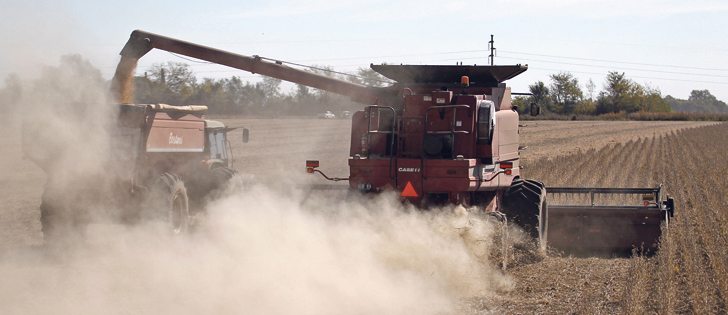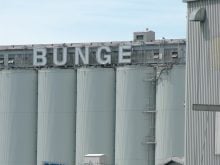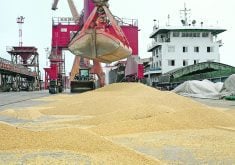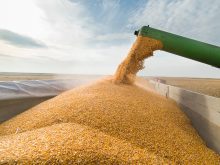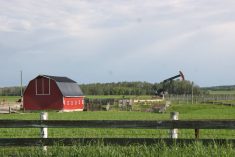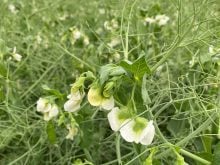Sean Pratt reports from the Oilseed & Grain Trade Summit in Minneapolis, Minn.
MINNEAPOLIS, Min. — South America will dramatically expand its share of agricultural markets in the coming years, says an analyst.
Jose Gobbee, director of GOAGRO, an agricultural investment management company, said Brazil and Argentina are expected to convert millions of acres into farmland in the next five to 10 years and that will result in more exports.
Argentina, Brazil, Paraguay and Uruguay accounted for 56 percent of world soymeal trade in 2012. That is expected to rise to 63 percent by 2022.
Read Also
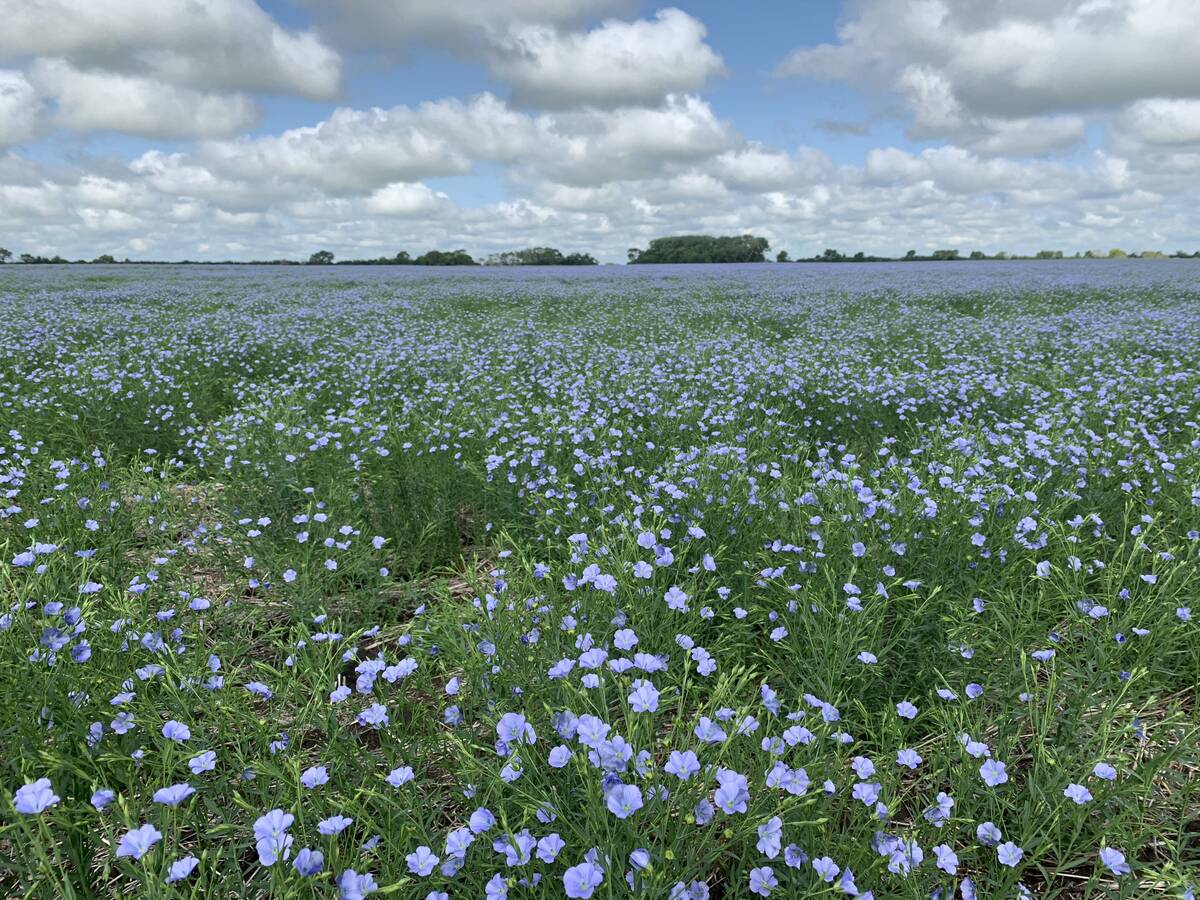
Flax sector sees omega-3 opportunity
SASKATOON — A global shortage of omega-3 oils could be an opportunity for the flax sector, says an industry official….
Their share of cereal trade will go from 15 to 56 percent, meat from 25 to 30 percent and biofuels from 38 to 84 percent over the same period.
The driving force behind the anticipated increase in market share is the new acres that will be planted to crops.
Brazil has 785 million acres that could be converted to agricultural land. Argentina has another 91 million acres.
Gobbee said much of that land will never be converted to farming for ecological and economic reasons.
But he believes it is feasible that Brazil will convert 25 million acres and Argentina another 15 to 20 million acres during the next decade.
“There is huge opportunity to increase in both Brazil and Argentina,” Gobbee told delegates attending the 2016 Oilseed & Grain Trade Summit.
Half of Brazil’s new acres will be planted in the state of Mato Grosso. He believes that one state will produce an additional 20 million tonnes of soybeans by 2024-25, a 74 percent increase in production.
Gobbee forecasts an additional seven million acres of corn in Brazil, an 86 percent increase. The vast majority of it will be safrinha or second crop corn that is planted on the harvested soybean acres.
Again, the majority of the growth is expected to occur in Mato Grosso, which will produce an additional 20 million tonnes of corn, a 113 percent increase.
Most of Argentina’s anticipated production increase will be in corn. Gobbee forecasts more than 50 million tonnes by 2025-26, up from 30 million tonnes last year.
“Argentina will again become an important exporter of corn,” he said.
Soybean production will approach 65 million tonnes, up from 57 million tonnes, and wheat will jump to 18 million tonnes from 11 million tonnes last year.
Cereal crops will see the biggest percentage increases in production because the new government in Argentina has eliminated export taxes for corn and wheat, while the reduction in soybean taxes is delayed and will be gradual.
But South America is not without challenges, the biggest being high transportation costs.
The cost of shipping soybeans from Sorriso, Brazil, to Shanghai, China, is US$170 per tonne. It drops to $102 per tonne from Cordoba, Argentina. But that compares to $71 per tonne from Illinois.
“This is something that has to be solved,” said Gobbee.
Brazil is working on a solution by trying to improve its transportation infrastructure. The BR-163 project, which is 4,476 kilometres of new highway in northern Brazil, should be completed next year.
It will provide better access to the country’s northern ports. Only 20 percent of Brazil’s agricultural exports are shipped out of the north. That will rise to 40 to 50 percent in the next five to 10 years.
Using the northern ports will reduce shipping time to Europe by five days and cut the freight bill by 40 percent.
Another challenge facing South American farmers is the disappointing performance of soybean varieties.
The average annual yield increase for soybeans in Brazil between 2003 and 2013 was one percent. The average yield in Argentina was 1.02 tonnes per acre in 2000-01 and 1.03 tonnes per acre in 2012-13.
“The increase in yields have been almost stagnant,” he said.
Seed technology companies have been focusing on traits that reduce costs rather than ones that increase yields. Gobbee said that has to change.


